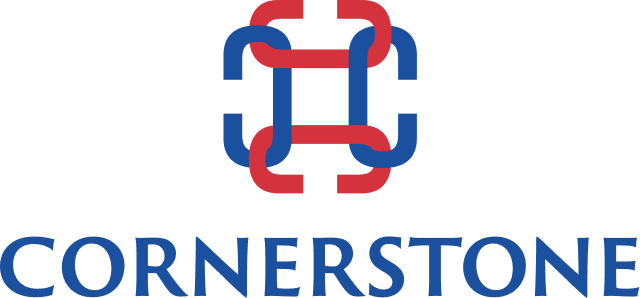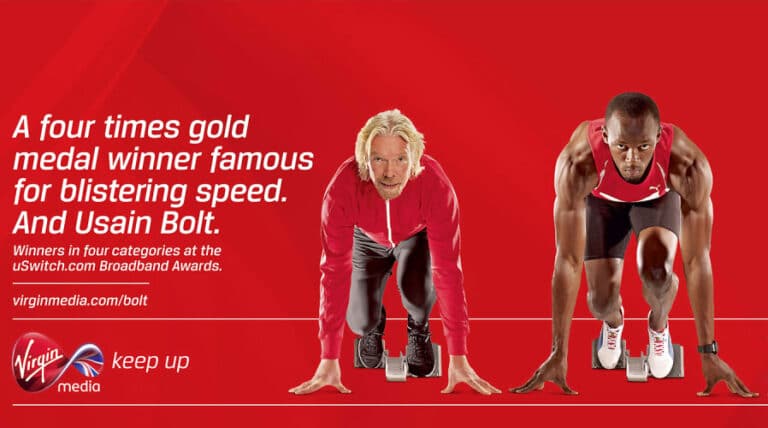How Mentoring Drives Leadership Development
Cornerstone coach Brian Betti recalls his own start and his good fortune in having an exceptional mentor
Internal leadership development usually starts with the move from team member to supervisor. Once the flush of pride wears off, reality sets in and, with it, awareness of the need for new skills both mental and physical.
I went through this. Even when I felt like I had the answers, implementing them was another story. I often felt frustrated and ineffective and I found myself floundering. Luckily, another supervisor named Jim noticed.
Jim came to fill a role that was essential for me at that stage in my life. He became a mentor. He was well-liked and respected by both his peers and upper management and he took the time to help me take some of the guesswork out of leading.
Jim was known for heaping praise on his team members in a sincere, humble way. He was open and fair, and he set clear boundaries and expectations. He put relationships at the heart of everything he did. He knew strong ties between people could create greater success for the entire group.
One Christmas, I saw why his emphasis on relationships was so transformative. A crew was needed to work on Christmas day and no-one volunteered. Jim stepped in and said he’d like to supervise the crew that day. Moved by Jim’s commitment, others began to volunteer.
“You reap what you sow,” he told me later. “When you invest time into your people, you can never go wrong.”
Jim did three things exceedingly well that enabled him to be a successful supervisor. He knew that great leaders:
- Build relationships.
- Set expectations.
- Set boundaries.
Here’s how you can develop each tenet:
How we build relationships
Building relationships involves listening, talking, asking questions, silence, support, showing respect, and being willing to let things go in order to repair ties. It’s a lot to think about and requires real, deliberate thinking and effort.
When supervisors, senior executives, and upper management commit to building healthier relationships in the workforce, the following performance-boosting realities can be cultivated:
- A community of people with a shared vision
- Partnerships built on trust
- New ideas and possibilities
- Structured accountability
- A sense of belonging
- Ability to better recognize when a person is out of sorts
With healthy relationships serving as the living foundation, an organization becomes stronger and more able to adapt––a must if it’s going to survive.
How to set expectations
Clear and achievable expectations help create an environment where success is possible and measurable.
When setting expectations, adhere to the following to ensure that they are honored:
- Define and articulate expectations clearly so that workers do not have to guess what is being asked of them.
- Never impose an expectation on someone and believe they should know what you wanted.
- Ensure that the expectation is within each person’s ability to fulfill.
- Allow for and be open to questions; this will help with buy-in. You may even have to adjust the expectation to one that is achievable.
- If you set an unrealistic expectation, it WILL NOT be met, and you will be left frustrated.
- Allow the worker to share their expectations of you. Yes, they have expectations too––the ones that are discussed with peers in the hallways, bathrooms or over a cold beer when you are not around. Know that when you fail to understand or meet the workers’ expectations, trust and respect will diminish.
How to set boundaries
For relationships to be healthy, they need boundaries. The key to setting boundaries is you and the self-awareness you’re able to foster.
If you can recognize what causes you to feel overwhelmed, emotionally exhausted, frustrated, angry, or just plain indifferent towards another person, you will be able to determine what kind of boundary needs to exist in order to establish a healthy working relationship. The key is to identify the issue without clinging to and cultivating those negative emotions.
In the workplace, one boundary to consider is the process of performance review feedback. How can you praise and/or critique work in a way that ensures the employee hears what you’re saying and that the relationship isn’t just not harmed, but strengthened?
Other boundaries that require special attention include:
- Employees that are also friends outside of work
- You and your spouse work with the same employer
- Family members that are employees
When boundaries are set, expectations are clear, and relationships are strong, teams thrive. Learn this at the start and never forget it
Learn more about Cornerstone’s Executive Coaching or contact the author, Brian Betti.






